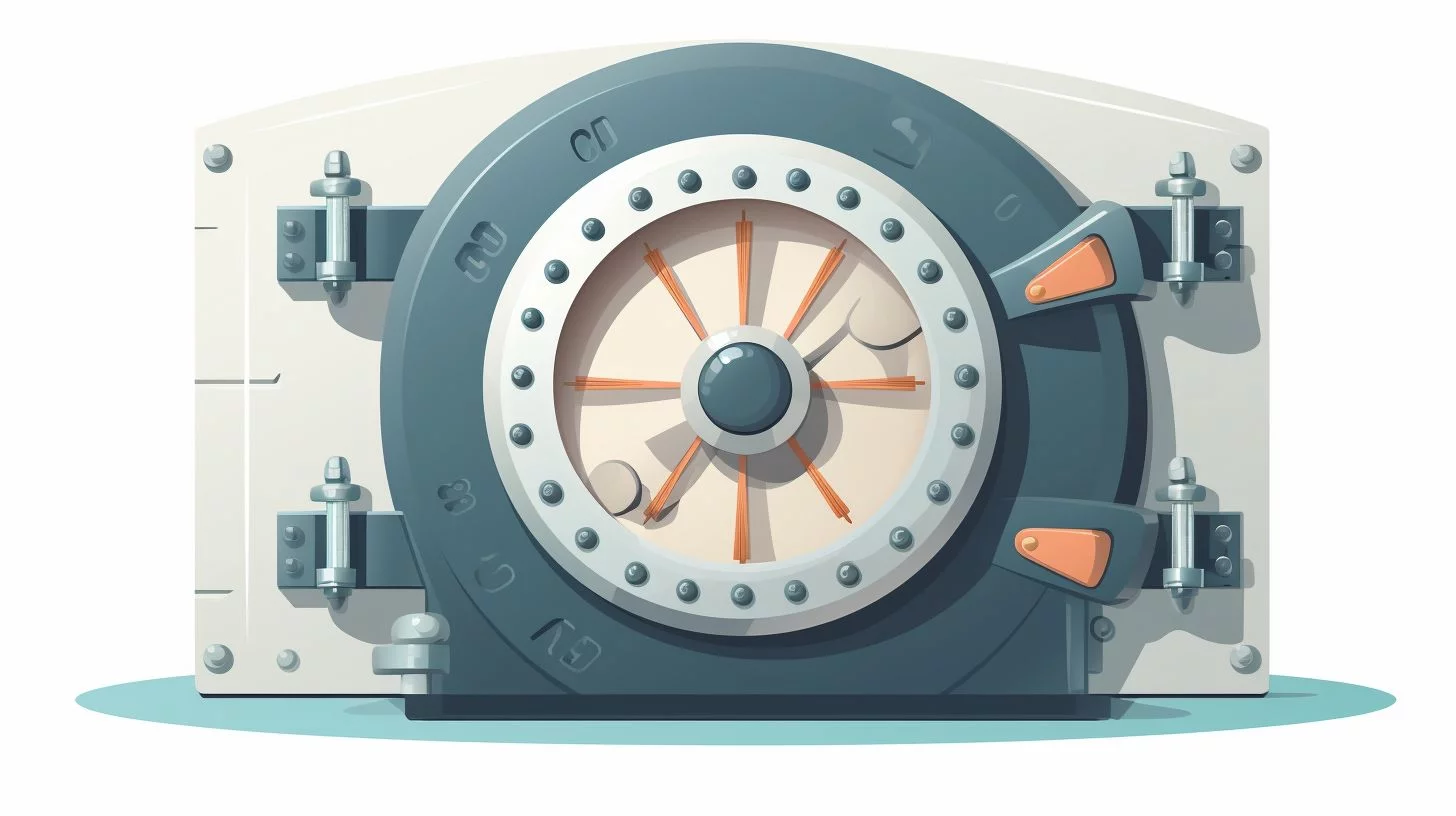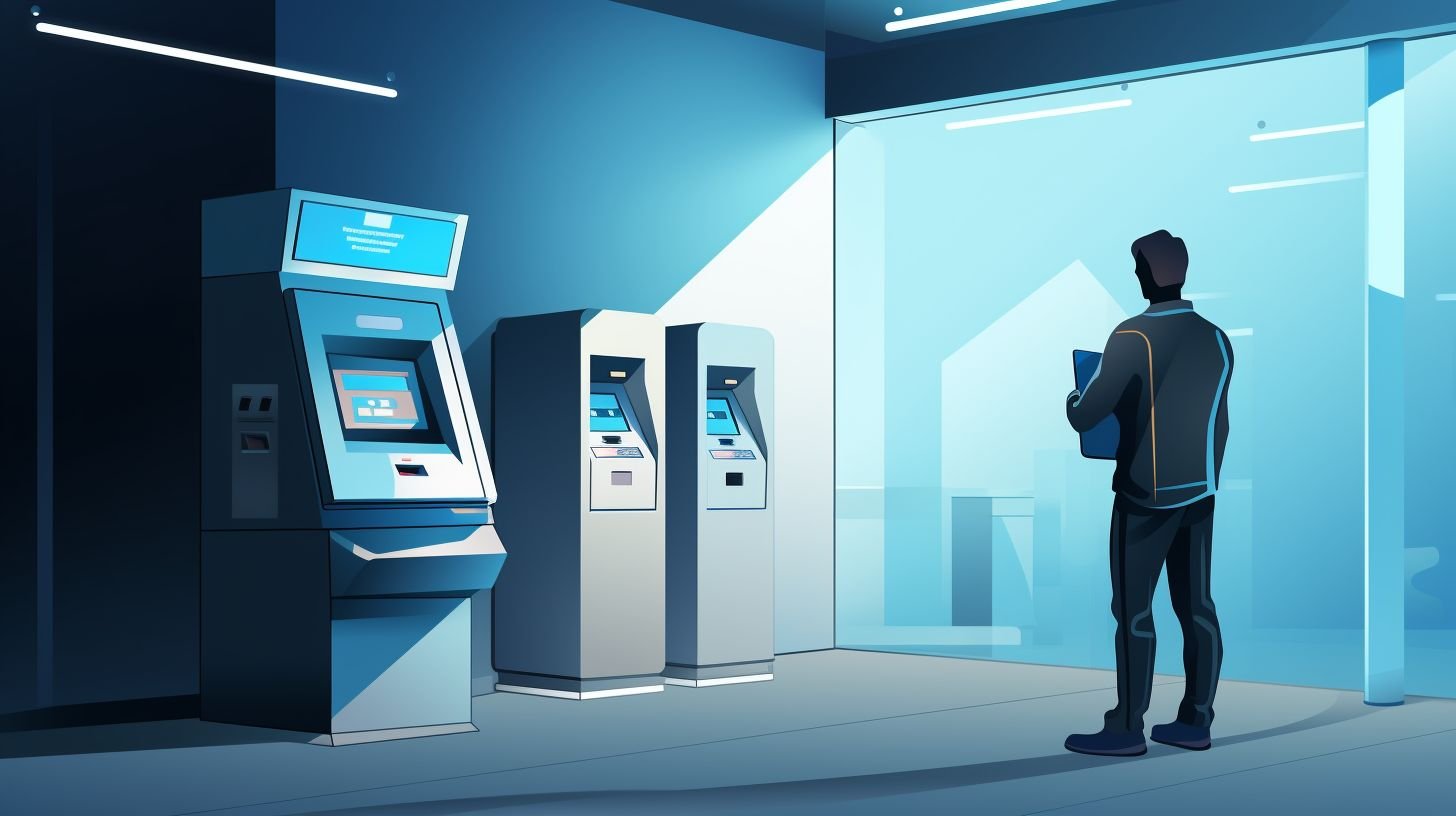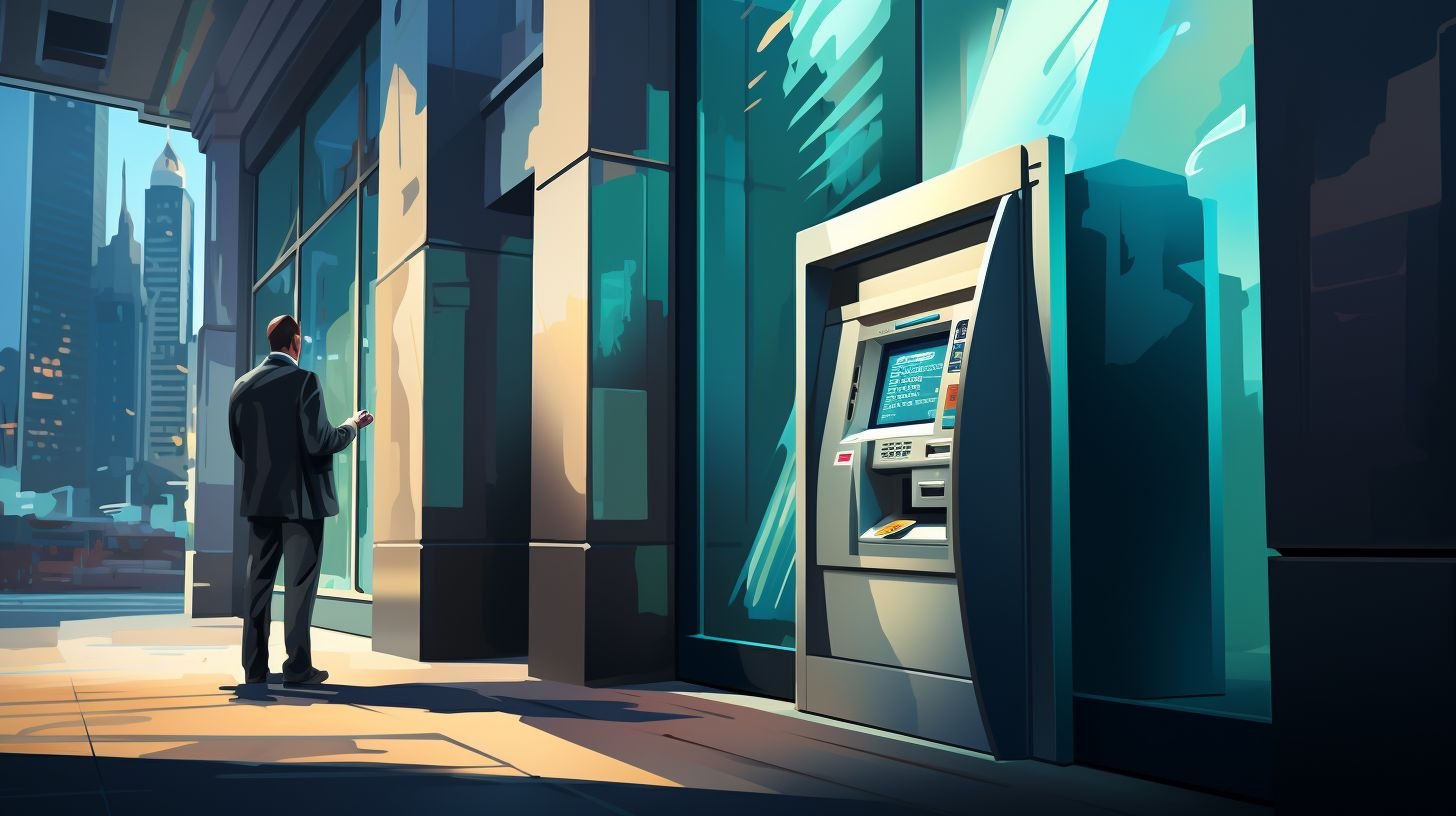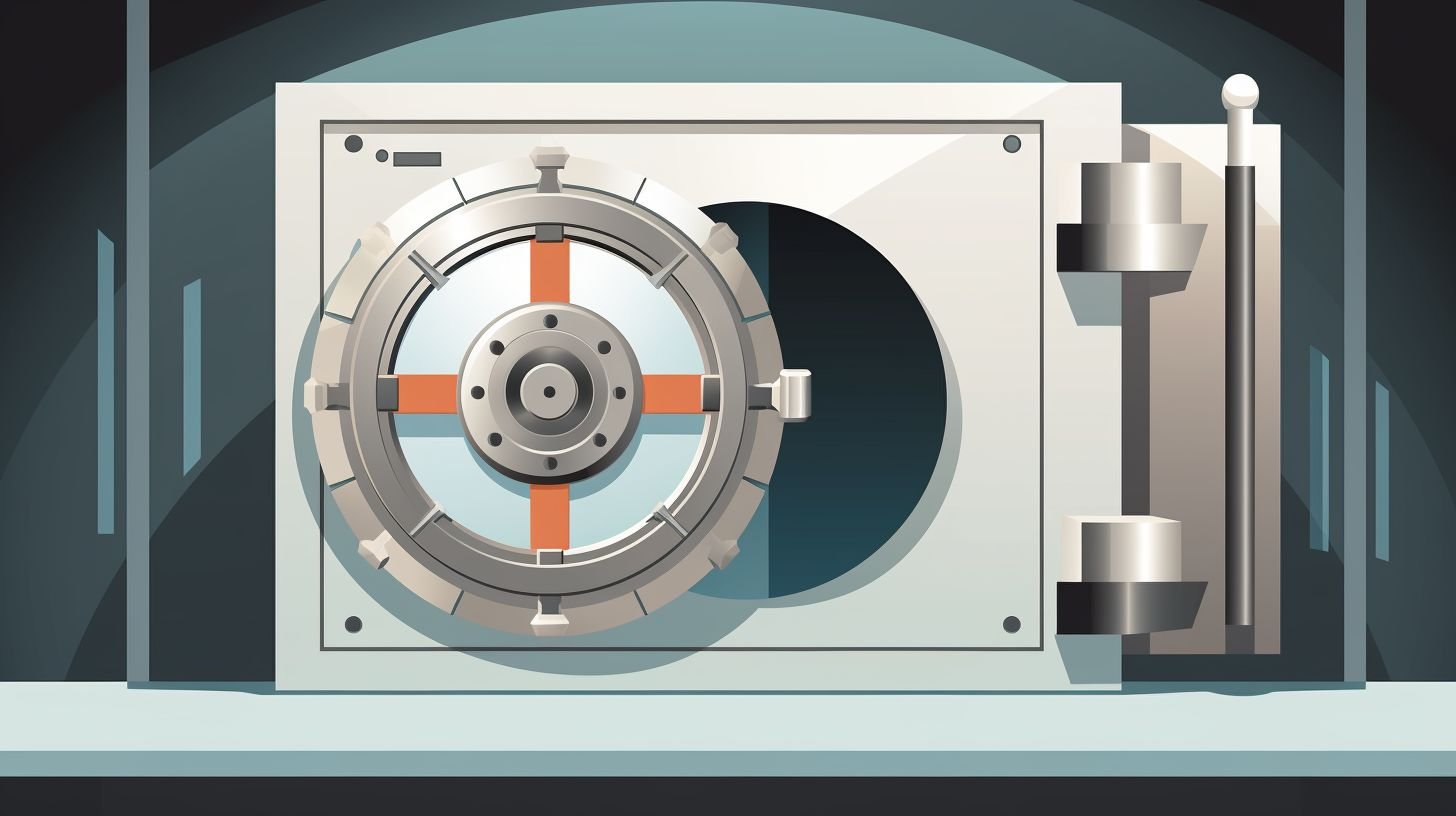What Are Bank Runs and How Do They Happen?

Key Takeaways
- A bank run is when many people take their money out of a bank at once. They fear the bank may not have enough cash later.
- Bank runs can happen due to panic, rumors, bad economy or news about the bank.
- Bank runs are harmful for banks and can even hurt our whole economy. Removing too much money from a bank can lead it to fail.
- Banks now use smart methods to stop these runs. These include keeping limits on daily cash and having insurance on your deposits up to $250,000 per account.
- If a run starts you should keep calm, listen for updates and try not split savings over several accounts in different banks if possible.
What is a Bank Run?
A bank run happens when a lot of people take their money out of the bank at one time. They do this because they are afraid the bank may run out of money. The fear is that the bank will not have enough cash to give them if they ask for it later. This panic can cause more people to pull their money from the bank, making the problem worse. If too many people take their money, a bank can lose its reserves and not be able to stay in business.How Do Bank Runs Happen?
 Bank runs happen when a large number of customers, driven by fear or panic, rush to withdraw their deposits from a banking institution at the same time. The situation is often triggered by concerns about the bank’s solvency or rumors suggesting that the bank might default. An important factor here is the role of panic and fear in exacerbating such situations. Often, even if a bank is fundamentally solvent, widespread panic can spark off an uncontrollable run leading to its collapse.
Bank runs happen when a large number of customers, driven by fear or panic, rush to withdraw their deposits from a banking institution at the same time. The situation is often triggered by concerns about the bank’s solvency or rumors suggesting that the bank might default. An important factor here is the role of panic and fear in exacerbating such situations. Often, even if a bank is fundamentally solvent, widespread panic can spark off an uncontrollable run leading to its collapse.Key Factors Leading to a Bank Run
The bank run can start due to several reasons. Let’s list them:- Panic: This is the main cause of any bank run. Even if a bank does well, fear can make people act too fast. They may believe the bank is not strong and take their money out.
- Rumors: If people hear talk that a bank is in trouble, they might rush to get their money.
- Economic downturn: When the economy slows down, people may worry about the safety of their money.
- Bad news about the bank: News that shows the bank as weak can lead to a run.
- Lack of trust in financial systems: If people stop trusting banks or think our banking system won’t work any more, they may choose to hold cash instead.
- Non-payment by the bank: If a bank doesn’t pay out depositors when it should, it could create fear among others who then rush to pull out their funds before it’s too late.
The Role of Panic and Fear
Panic and fear play a big part in bank runs. People get worried that their bank will run out of money. This is often not because the bank has no cash left, but just because people are scared. They sprint to their banks to pull out their money fast. This rush creates an even bigger problem. As more and more people yank out their deposits, the chance of the bank not having enough money grows higher. It’s like a bad dream that makes itself real—the more afraid people are, the bigger mess they make for everyone involved. The panic during the Great Depression led to many such messy situations with lots of banks seeing runs at once!Examples of Notable Bank Runs
 In this section, we’ll delve into notable instances of bank runs throughout history, spotlighting cases such as the Silicon Valley Bank run, Washington Mutual (WaMu) and Wachovia Bank’s experiences. These examples serve to illuminate how bank runs unfold in real-time scenarios and paint a picture of their widespread impacts.
In this section, we’ll delve into notable instances of bank runs throughout history, spotlighting cases such as the Silicon Valley Bank run, Washington Mutual (WaMu) and Wachovia Bank’s experiences. These examples serve to illuminate how bank runs unfold in real-time scenarios and paint a picture of their widespread impacts.Silicon Valley Bank
Silicon Valley Bank faced a bank run in 2023. Customers took out $42 billion in just one business day. This made the bank fail. It was a big loss for Silicon Valley Bank and its customers too. The event showed the real power of panic and fear in banking.Washington Mutual (WaMu)
Washington Mutual, known as WaMu, fell hard in 2008. People pulled out $16.7 billion from the bank in just two weeks! This rush to take out money is what we call a bank run. For WaMu, it spelled the end. The rapid withdrawal of deposits made the bank weak. It was during the financial crisis of 2008 when this happened. The failure of WaMu was a big deal at that time, showing how bad a bank run can be for banks.Wachovia Bank
In 2008, a bank run hit Wachovia Bank. Many people took their money out of the bank quickly. They removed over $15 billion in just two weeks. This event showed how bad a bank run can be. The crisis at Wachovia Bank was so big that people still talk about it today.The Impact of Bank Runs
 When a bank run occurs, it triggers a ripple effect of devastating financial consequences that can extend far beyond the institution itself, destabilizing economies and even causing recessions. Intrigued? Dive in as we take a closer look at how exactly this happens and why preventing bank runs is critical to maintaining economic stability.
When a bank run occurs, it triggers a ripple effect of devastating financial consequences that can extend far beyond the institution itself, destabilizing economies and even causing recessions. Intrigued? Dive in as we take a closer look at how exactly this happens and why preventing bank runs is critical to maintaining economic stability.Why is a Bank Run Bad?
Bank runs are bad news. They can hurt a lot of people at once. Let’s start with the bank itself. If everyone takes out their money, the bank could fail. When a bank fails, it can’t give loans or offer other key services anymore. This hurts businesses that need these loans to grow and create jobs. Now think about us – the savers! Our savings in the bank could disappear if a run happens and this scares many people away from banks after a while which is not good at all for our economy as a whole! That’s why smart moves like deposit insurance systems and capital requirements have been put into place by smart people to make sure we don’t lose everything if there is ever another major bank run again!Consequences for the Economy
Bank runs can be harmful to the economy. A lot of money is lost, and this makes things pretty tough for everyone. Facts show that during a bank crisis, about 20% of all the money in an economy can go away within just four years! Also, fixing banks after they fail isn’t cheap either. The cost comes out to around 6% of all the cash circulating in the economy. These are big amounts we’re talking about. When money goes missing like this, it becomes hard for people and businesses to buy things or make deals. This slows down growth and puts jobs at risk too.Preventing Bank Runs
 Discerning how to prevent bank runs is crucial in safeguarding economic stability; this involves understanding both the proactive measures taken by individual banks and larger systemic techniques for prevention. Delve deeper into what tools are utilized, from reinforced risk management practices to sophisticated monetary policy tools designed to protect your funds, as we explore this pivotal topic further.
Discerning how to prevent bank runs is crucial in safeguarding economic stability; this involves understanding both the proactive measures taken by individual banks and larger systemic techniques for prevention. Delve deeper into what tools are utilized, from reinforced risk management practices to sophisticated monetary policy tools designed to protect your funds, as we explore this pivotal topic further.Measures Taken by Individual Banks
Banks do a lot to stop bank runs. They don’t want people to panic and pull out all their money. Here’s what banks do:- They keep limits on the cash in their vaults each day. This helps cut down the risk of bank runs.
- Banks also hold back some money at the central bank. They use this if many people want to take out their money at once.
- If a bank run starts, banks can sell things they own to get more cash.
- Sometimes banks work with the Federal Deposit Insurance Corporation (FDIC). The FDIC insures deposits so customers know their money is safe.
Systemic Techniques for Prevention
Stopping bank runs can be a big task. The whole system needs to work together. Here are some techniques they use:- They create deposit insurance. This makes sure you won’t lose your money if the bank fails. That’s why we have the FDIC in America since 1933.
- Banks try to limit how much cash they keep around. They only keep enough for day-to-day stuff and put the rest in a central bank.
- Banks also try to get customers to put their money in term deposits. These are special accounts that you can’t just pull money out of any time you want.
- At times, our government may step in and help with money or laws.
- Our banks also follow rules called “reserve requirements“. These rules make them keep extra money safe, just in case.
- And lastly, spreading out risk is key. Banks should not put all their eggs in one basket.
Silent Bank Run: A Different Perspective
 A silent bank run is a bit different. It’s not like the panic-filled event where people crowd and yell at the bank. In a silent run, there are no long lines or shouting crowds. People move their money without making noise. This can happen when folks lose trust in a bank but don’t want to cause a scene. This type of quiet shift can hurt banks too. They may have to pay more for funding if depositors start leaving. The scary part is that healthy banks could lose out while struggling ones get help they might not deserve! So, it looks calm on the outside, but there’s lots happening under the surface during a silent run.
A silent bank run is a bit different. It’s not like the panic-filled event where people crowd and yell at the bank. In a silent run, there are no long lines or shouting crowds. People move their money without making noise. This can happen when folks lose trust in a bank but don’t want to cause a scene. This type of quiet shift can hurt banks too. They may have to pay more for funding if depositors start leaving. The scary part is that healthy banks could lose out while struggling ones get help they might not deserve! So, it looks calm on the outside, but there’s lots happening under the surface during a silent run.How to Keep Your Money Safe During Bank Runs
Here is some advice on how to protect your money if a bank run happens:- You should keep your deposits under $250,000 for each bank. The FDIC gives insurance up to this limit.
- Don’t put all your money in one bank. Split it into different banks if you have more than the insured amount.
- Have different kinds of accounts. Use savings, checking, and joint accounts.
- Don’t panic and rush to take out all your money. Listen to bank updates and instructions from financial regulators.
- Invest in risk – free Treasury bonds through TreasuryDirect for added safety.
- Consider moving some cash into other forms of assets like gold or even Bitcoin if you prefer digital currencies.
- Fund trust accounts, which can also provide extra FDIC coverage.
- Keep a close eye on your credit score and review your credit card policies often.
A Brief History of Bank Runs
 Bank runs have been part of our history for a long time. They first took place in the 19th century. A big case was the Panic of 1857. It started with just one bank but soon others fell too. In quick time, many people lost trust in banks and pulled out their money. The Great Depression also saw a lot of bank runs. These were so bad that they made more than half the banks in America shut down! Franklin D Roosevelt did something about this when he became President. He set up the Federal Deposit Insurance Corporation (FDIC) in 1933 to help protect people’s money. Then came the financial crisis of 2008 which caused big problems for some major banks. People started to take out their money again because they thought these banks might be heading towards failure. But, thanks to systems put in place after earlier crises – like FDIC insurance and tighter control by central banks -, these modern-day bank runs didn’t end up causing as much damage as before.
Bank runs have been part of our history for a long time. They first took place in the 19th century. A big case was the Panic of 1857. It started with just one bank but soon others fell too. In quick time, many people lost trust in banks and pulled out their money. The Great Depression also saw a lot of bank runs. These were so bad that they made more than half the banks in America shut down! Franklin D Roosevelt did something about this when he became President. He set up the Federal Deposit Insurance Corporation (FDIC) in 1933 to help protect people’s money. Then came the financial crisis of 2008 which caused big problems for some major banks. People started to take out their money again because they thought these banks might be heading towards failure. But, thanks to systems put in place after earlier crises – like FDIC insurance and tighter control by central banks -, these modern-day bank runs didn’t end up causing as much damage as before.Can Bank Runs Affect Islamic Banking Institutions?
Understanding islamic banking explained: Bank runs, where depositors simultaneously withdraw funds from a financial institution, can indeed impact Islamic banking institutions. Unlike conventional banks, Islamic banks operate on the principles of risk-sharing and asset-backed transactions. In the event of a bank run, if depositors lose confidence in the bank’s ability to honor withdrawals, it can lead to liquidity shortfalls and potential financial instability for Islamic banking institutions. Thus, comprehending the intricacies of Islamic banking becomes crucial.






